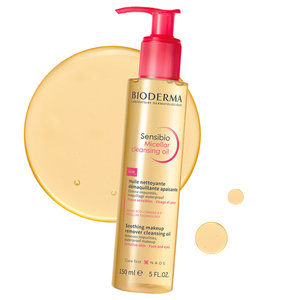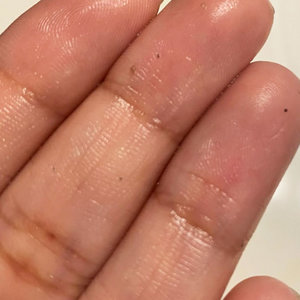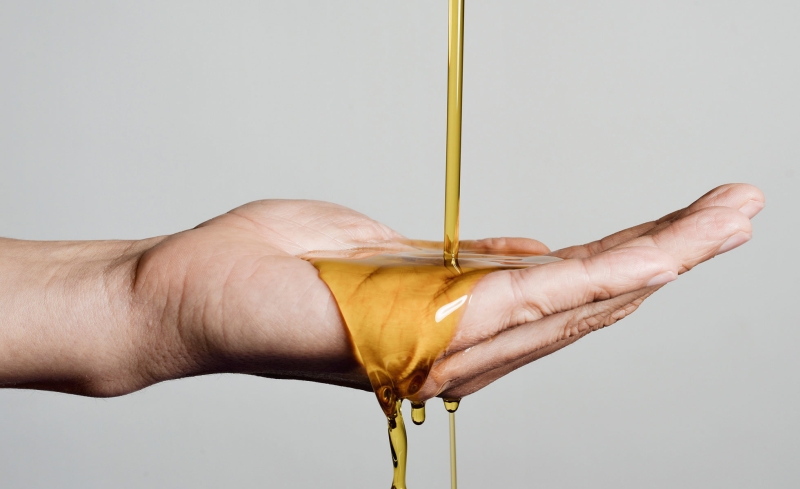If your TikTok algorithm is anything like mine, you’ve likely seen at least a video or two about oil gritting. According to countless videos, massaging oil in your skin for just a few minutes can help remove sebaceous filaments, resulting in less visible pores and smoother skin. Sounds too good to be true? I thought so too, so I had to try it out for myself.
How to try oil gritting at home
Similar to oil pulling for teeth, this trend is based on the belief that oil serves as a magnet to gently pull impurities from the skin. While many videos show people using olive oil, I suggest sticking to an oil or oil-based cleanser formulated specifically for the face—anything else could end up clogging your skin even more.

I opted for Bioderma Sensibio Cleansing Oil and massaged about two pumps in small circles around the T-zone—really focusing on the congested nose area—shifting between going clockwise for a few minutes, then counterclockwise for a few minutes. Users claim it can take about 5-15 minutes to really see any results, but I started feeling a grainy texture about five minutes in.
In just a few minutes, I successfully removed a combination of tiny whiteheads and/or dead skin. If you have sensitive skin, beware that I did experience some redness immediately after, but my skin quickly returned back to normal in about 10-15 minutes. Despite the short-term redness, my skin looked smoother and felt softer for the next couple of days. Fair tradeoff, in my opinion.

Is oil gritting worth adding to your skincare routine?
Oil gritting is similar to exfoliation. Depending on your skin type, it may be a quick, easy way to reveal softer, smoother skin. However, it won’t prevent impurities in the long-term and can’t replace the deeper extractions you can experience during facials and face treatments.
I personally plan on doing this about once a week as a quick fix in addition to my monthly facials.

